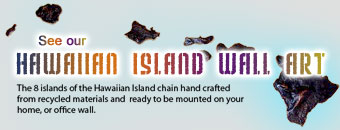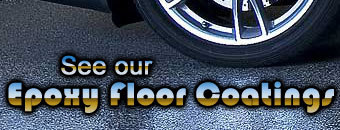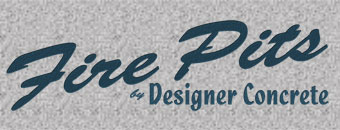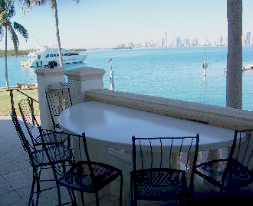 Designer Concrete Counters of Florida, LLC. Is happy to present our latest line in one of a kind offerings. Concrete bistro tables for home, barbecue areas, tiki bars, pool decks,restaurants or any indoor/outdoor entertaining area you desire. Our Concrete furniture isn’t just any old cement slab, but are all one of a kind specialty items that are created with our customers during individual design sessions. Our customers desire for a unique concrete creation, allows us to deliver a truly interesting piece that will surprise all.
Designer Concrete Counters of Florida, LLC. Is happy to present our latest line in one of a kind offerings. Concrete bistro tables for home, barbecue areas, tiki bars, pool decks,restaurants or any indoor/outdoor entertaining area you desire. Our Concrete furniture isn’t just any old cement slab, but are all one of a kind specialty items that are created with our customers during individual design sessions. Our customers desire for a unique concrete creation, allows us to deliver a truly interesting piece that will surprise all.Designer Concrete Tables
 Designer Concrete Counters of Florida, LLC. Is happy to present our latest line in one of a kind offerings. Concrete bistro tables for home, barbecue areas, tiki bars, pool decks,restaurants or any indoor/outdoor entertaining area you desire. Our Concrete furniture isn’t just any old cement slab, but are all one of a kind specialty items that are created with our customers during individual design sessions. Our customers desire for a unique concrete creation, allows us to deliver a truly interesting piece that will surprise all.
Designer Concrete Counters of Florida, LLC. Is happy to present our latest line in one of a kind offerings. Concrete bistro tables for home, barbecue areas, tiki bars, pool decks,restaurants or any indoor/outdoor entertaining area you desire. Our Concrete furniture isn’t just any old cement slab, but are all one of a kind specialty items that are created with our customers during individual design sessions. Our customers desire for a unique concrete creation, allows us to deliver a truly interesting piece that will surprise all.
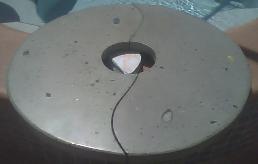
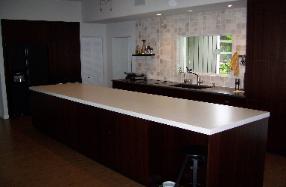
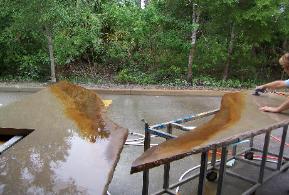
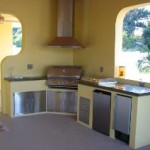
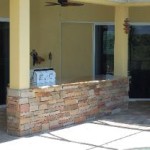
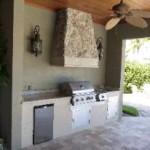
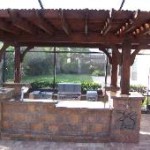
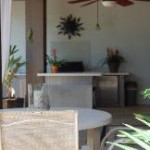
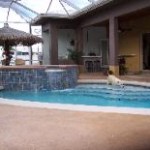

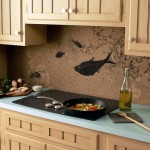
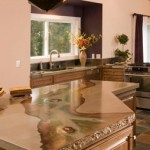
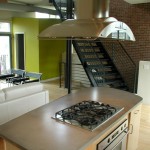
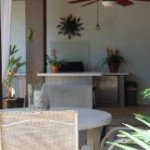
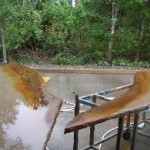
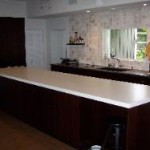
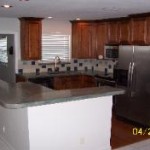

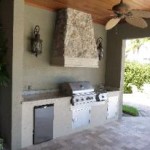
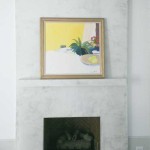
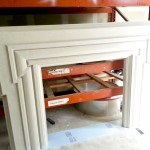
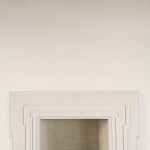
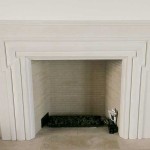
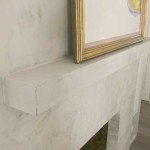
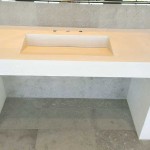
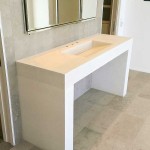
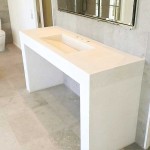
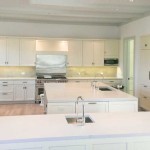
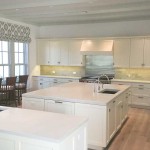
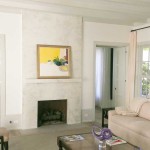


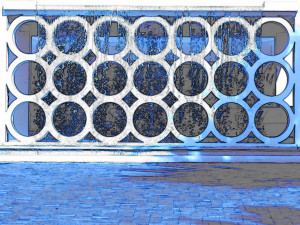 The panels were originally meant as a shell for a one-room garden house that Wittig had designed several years ago. “My hope was that [the panels] would be translucent enough so that on a sunny day, you could sit inside and have enough light to read a book,” says Wittig.
The panels were originally meant as a shell for a one-room garden house that Wittig had designed several years ago. “My hope was that [the panels] would be translucent enough so that on a sunny day, you could sit inside and have enough light to read a book,” says Wittig.